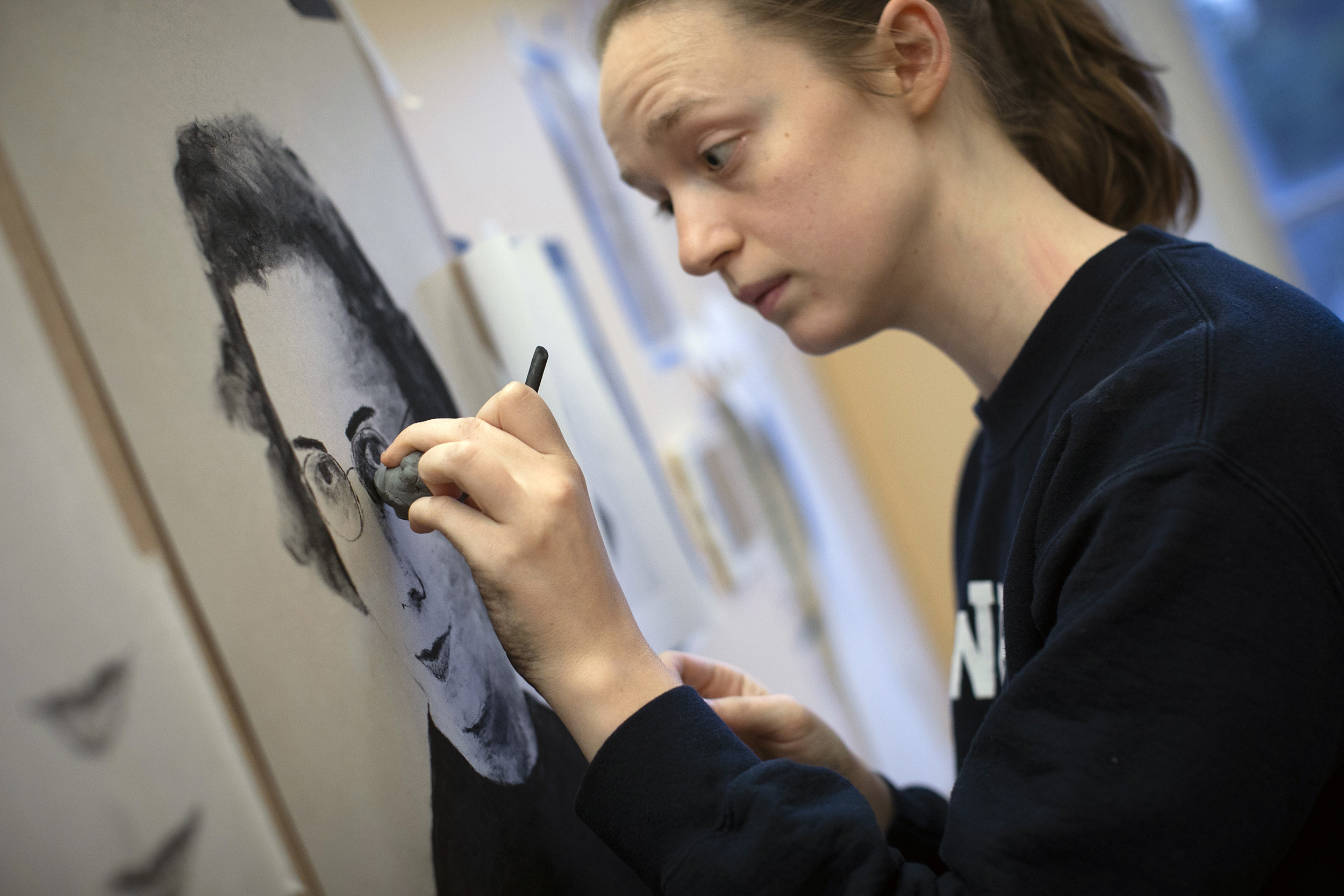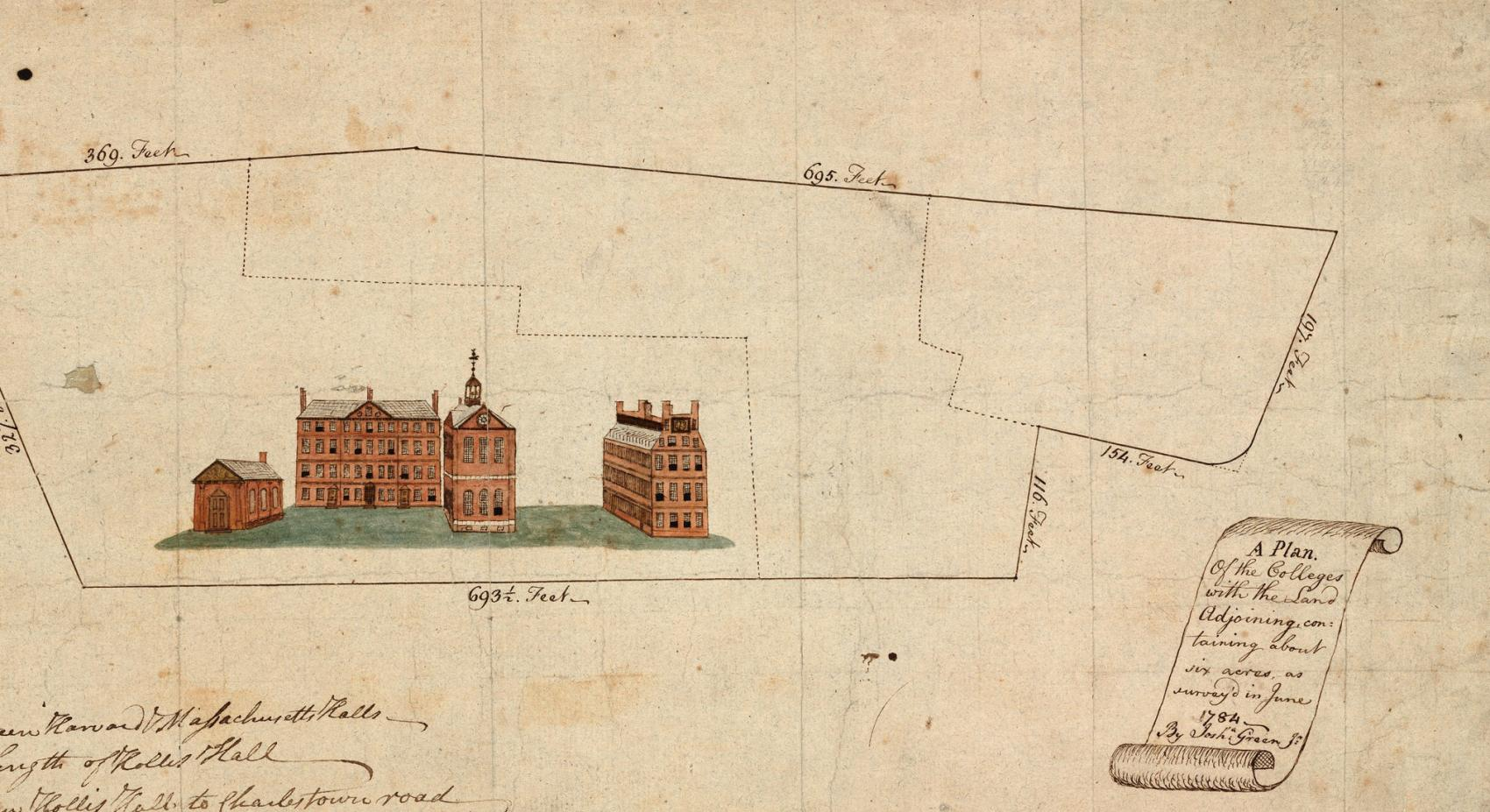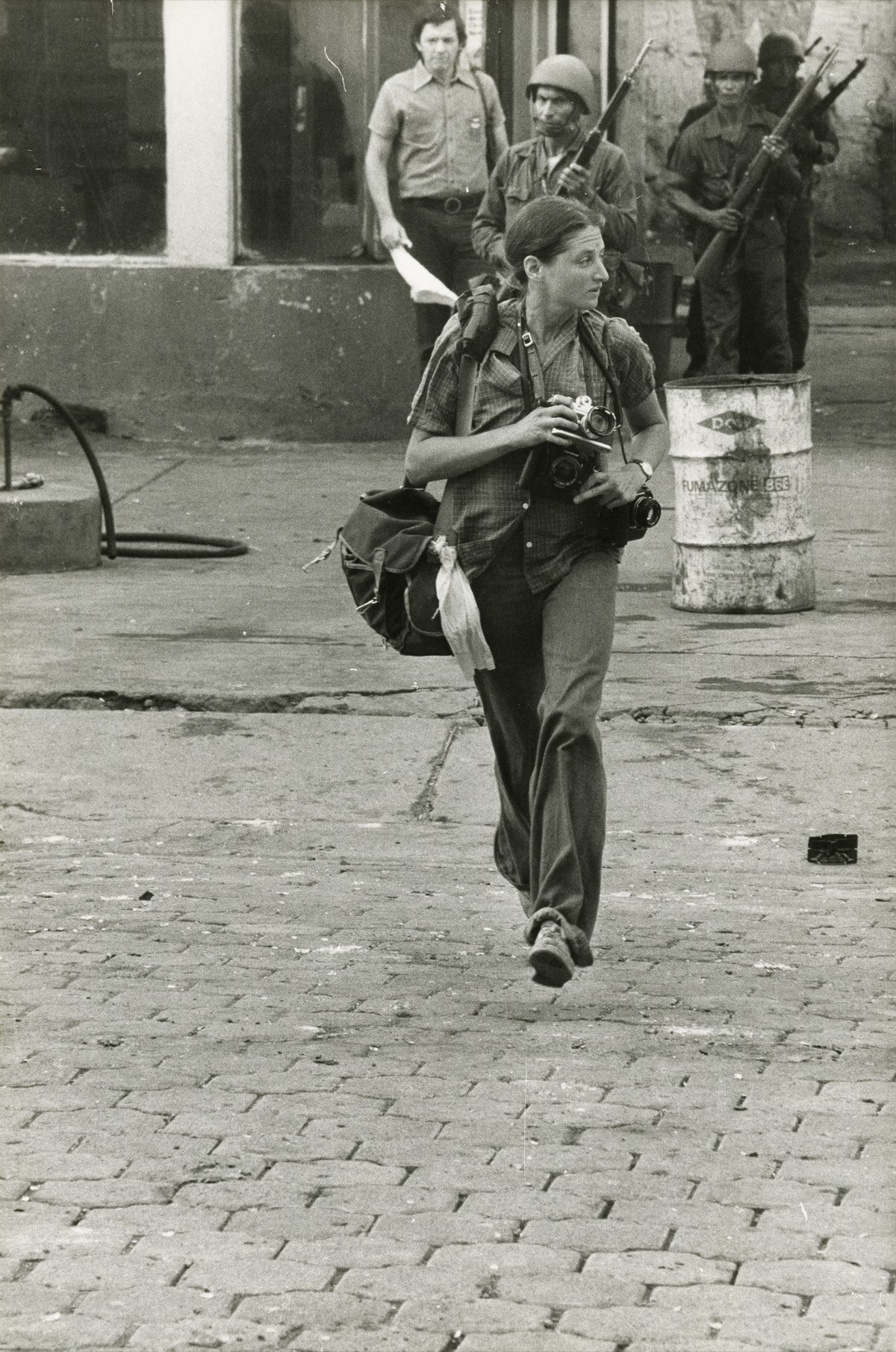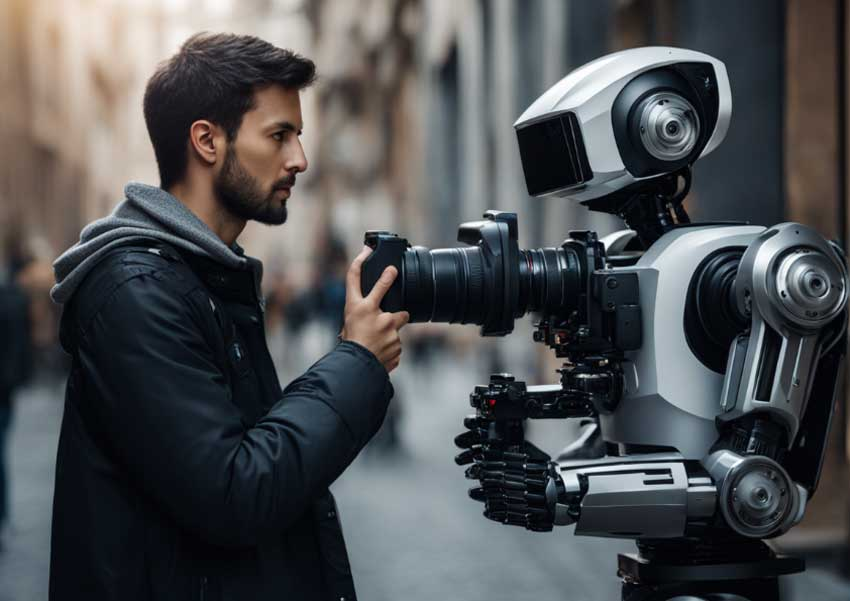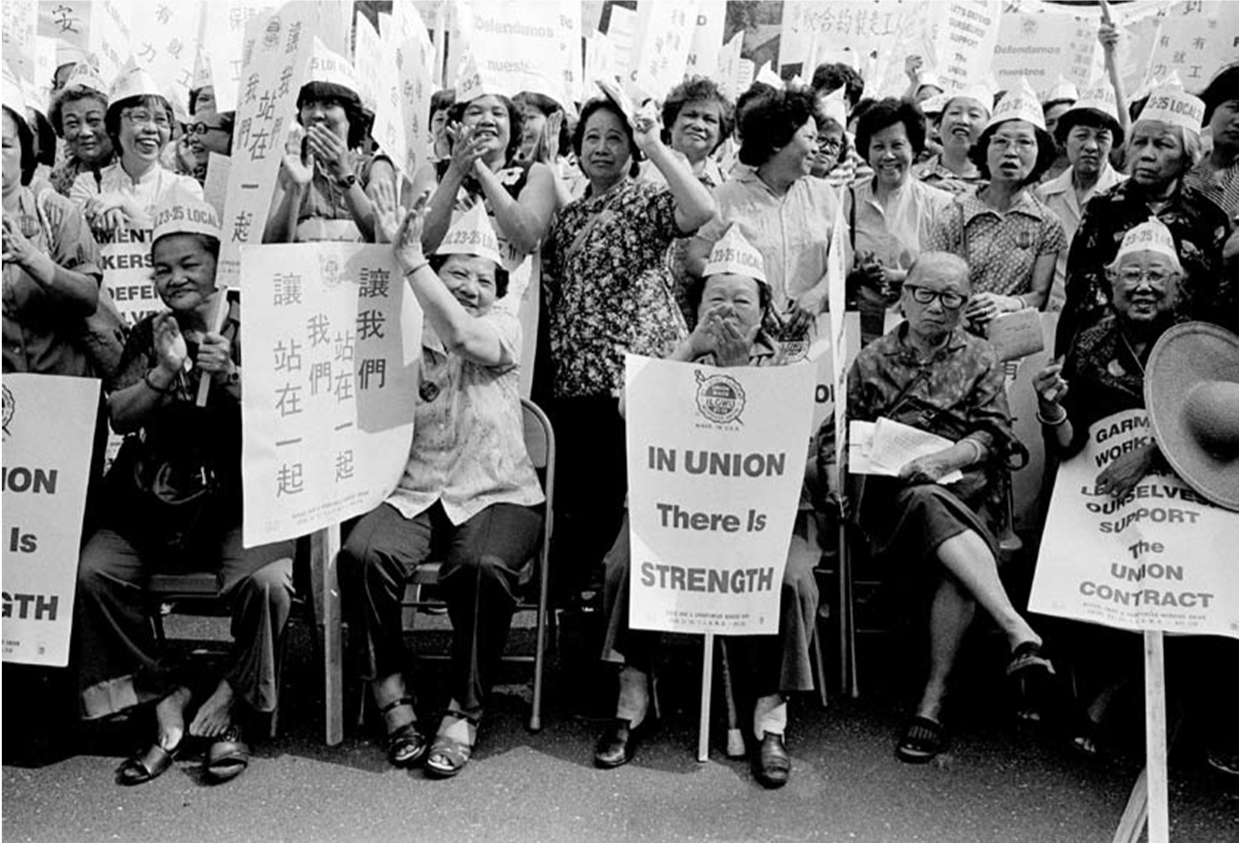The Harvard Portraiture Projects stand at the intersection of art and social advocacy, illuminating the narratives of those often overlooked. Spearheaded by artist Robert Shetterly and powered by the visionary guidance of Brenda Tindal, these projects highlight individuals celebrated for their courage and commitment to change. They include Shetterly’s acclaimed “Americans Who Tell the Truth” series, which showcases portraits that inspire reflection and dialogue around social justice issues. Recently featured in the “Seeing Each Other” exhibition, the works amplify voices of female changemakers and honor both historical and contemporary figures who have shaped the narrative of equality. Through these striking portraits, visitors are invited to challenge their perceptions and engage with the powerful stories that connect us all.
The Harvard Portraiture Projects offer a unique artistic exploration aimed at highlighting impactful narratives often left unheard. Initiated by renowned artist Robert Shetterly alongside key curator Brenda Tindal, this initiative merges visual art with advocacy, presenting portraits of influential figures who embody resilience and social change. The “Americans Who Tell the Truth” series, along with the accompanying Harvard Foundation’s efforts, undertakes the mission of showcasing diverse stories through compelling imagery. Recently, the exhibition titled “Seeing Each Other” gathered poignant representations of women’s contributions to society, reminding viewers of the strong connections between history, art, and justice. By engaging with these artworks, audiences are encouraged to reflect on the importance of representation and the power of storytelling in fostering a deeper understanding of our collective humanity.
The Heart of the Harvard Portraiture Projects
At the core of the Harvard Portraiture Projects lies a commitment to amplifying the stories of influential figures often overlooked in the historical narrative. Artist Robert Shetterly, best known for his series ‘Americans Who Tell the Truth’, partnered with the Harvard Foundation to create a platform that honors those who have bravely spoken out against injustice. This initiative, founded with the vision of promoting social awareness and appreciation for diversity, encourages viewers to engage with the narratives behind each portrait, creating a deeper connection between art and activism.
Brenda Tindal, chief campus curator, plays a significant role in the project’s realization by ensuring that the portraits exhibit a rich tapestry of voices that represent various facets of American society. The exhibition, ‘Seeing Each Other’, is a vibrant showcase of these stories, bridging the gap between past and present while fostering dialogue around critical social issues. Through the careful curation of exhibitions, Tindal helps to facilitate an understanding of our shared human experience, reminding us of the impact of individual courage in the fight for equity and justice.
Robert Shetterly: An Artist’s Journey of Activism
Robert Shetterly’s artistic journey reflects a profound commitment to activism, particularly in the context of societal change. His inspiration to start painting figures that he perceives as courageous was catalyzed by his disillusionment with the U.S. government’s actions during the Iraq War. By channeling his artistic vision into portraits of those who stand up for social justice, Shetterly not only creates compelling artworks but also shapes a vital conversation around accountability and truth-telling. His dedication to portraying real figures of change has transformed his art into a powerful narrative tool that invites reflection and inspires activism.
Moreover, Shetterly’s methods for creating portraits highlight the intricacies of storytelling through art. He often incorporates direct quotes from his subjects, carved into the wood, adding a tangible connection to their words and experiences. This technique allows the audience to engage with the individuals depicted, prompting viewers to ponder their contributions to society and the courage required to speak out. Shetterly’s ambition to expand his collection to over 200 portraits demonstrates a relentless pursuit to ensure that stories of social changemakers are preserved and celebrated across generations.
Brenda Tindal and the Importance of Representation
Brenda Tindal’s role as chief campus curator is pivotal in elevating the importance of representation within the Harvard community and beyond. Tindal understands that diversity in portraiture not only reflects historical accuracy but also fosters a sense of community and belonging among students and faculty. By emphasizing the narratives of women and other marginalized groups, she aims to confront systemic inequities and highlight the contributions of those who have been historically overlooked. Her initiatives encourage a broader dialogue about inclusion and equity in artistic representation, aligning with the values upheld by the Harvard Foundation.
The ‘Seeing Each Other’ exhibition serves as a testament to Tindal’s vision and commitment to creating spaces where diversity flourishes. Featuring notable figures like Pauli Murray and Rosa Rios, the exhibition brings to light the achievements of women who have made significant strides in their respective fields. Tindal emphasizes that these portraits are not just art pieces; they embody the stories of resilience, advocacy, and innovation, resonating with the theme of shared responsibility in the fight for equity. Her work contributes to a transforming narrative, affirming the necessity of storytelling through diverse lenses.
Exploring ‘Seeing Each Other’: A Reflection of Change
The ‘Seeing Each Other’ exhibition is integral to understanding the ongoing dialogue around social justice at Harvard. This exhibition, which combines works from Shetterly and the Harvard Foundation Portraiture Project, deliberates on the significance of how we perceive and engage with historical figures. By showcasing portraits of individuals who have championed equity, the exhibition highlights the power of visual storytelling as a means of fostering empathy and understanding, especially among students who will lead future movements.
By displaying portraits of female changemakers alongside figures like W.E.B. Du Bois, the exhibition encapsulates the complexity of American history—where the struggles of women and marginalized groups intersect with broader social movements. Through engaging narratives and powerful imagery, ‘Seeing Each Other’ compels visitors to reflect upon their own roles within these narratives of change, fostering an environment where future leaders can learn from the courage and commitment of those who came before them.
The Legacy of Social Justice Through Art
The intersection of art and social justice plays a crucial role in shaping societal attitudes and action. The artistic endeavors of Robert Shetterly and his collaboration with the Harvard Foundation add layers of meaning to the conversation around justice. Each portrait not only celebrates the individual but also serves as a reminder of the ongoing struggles faced in pursuit of equity. By portraying figures known for their courage, these artworks challenge audiences to acknowledge uncomfortable truths about societal injustices and inspire them to engage actively in the quest for change.
As an advocate for social justice, Shetterly’s work emphasizes how art can be a catalyst for dialogue and reflection. The portraits serve as visual calls to action, inviting viewers to consider their own positions within these narratives of courage and advocacy. This legacy is further reinforced through continued dialogue and exhibitions like ‘Seeing Each Other’, which aim to inspire a new generation to take up the mantle of social advocacy, ensuring that the voices of those historically silenced are brought to the forefront.
Celebrating Intersectionality in Portraiture
Celebrating intersectionality within portraiture acknowledges the multifaceted identities that individuals hold and the unique experiences that shape their activism. The portraits featured in the recent exhibitions highlight a spectrum of identities, showcasing women of different backgrounds who have made significant contributions to society. By presenting a diverse range of figures, the exhibition reinforces the importance of recognizing how various social identities intersect and inform individual experiences and activism.
Through the lens of portraiture, artists like Robert Shetterly and Stephen Coit reveal the complexities of identity politics, inviting viewers to consider how race, gender, and class dynamics influence social change. The representation of women such as civil rights activist Pauli Murray alongside contemporary figures like Sherrilyn Ifill emphasizes the ongoing struggle for representation and equity faced by many. This celebration of intersectionality not only enriches the narrative behind each portrait but also strengthens the broader dialogue on solidarity in the fight for social justice.
Art as a Medium for Engagement and Dialogue
Art has the unique ability to foster meaningful dialogue about social issues that often go unaddressed. The portraits created by Robert Shetterly and showcased in the Harvard Portraiture Project serve as springboards for conversations about justice, representation, and historical narratives. By incorporating impactful quotes from the individuals represented, Shetterly encourages viewers to engage more deeply with the subjects and their stories, making the experience of viewing art a dynamic dialogue rather than a passive observation.
In community spaces like Harvard, art exhibitions become crucial platforms for dialogue, allowing students and faculty to reflect on their shared histories and collective futures. Events such as the ‘Seeing Each Other’ exhibition facilitate discussions that can lead to action and advocacy, underscoring the notion that art must serve a purpose beyond aesthetics. By invoking thoughts and emotions through visual storytelling, artists like Shetterly expand the reach of their messages, inspiring social change and encouraging individuals to participate actively in the fight for justice.
The Future of Portraiture and Social Activism
Looking ahead, the future of portraiture within social activism holds exciting potential for continuing to address issues of representation and equity. As artists, scholars, and activists collaborate to create spaces for marginalized voices, the role of portraiture will evolve, embracing new mediums and technologies to reach wider audiences. Initiatives like the Harvard Foundation Portraiture Project set the stage for future artists to explore innovative ways to connect audiences with powerful narratives, ensuring that the impact of social justice art continues to resonate in contemporary society.
Moreover, the evolving landscape of social media and digital art offers new avenues for artists to share their work and engage with diverse communities. By utilizing these platforms, the stories behind portraits can reach global audiences, encouraging international conversations on equity and justice. The commitment of artists like Shetterly, combined with the support of educational foundations, promises to sustain the momentum of social activism through art, inspiring future generations to keep the conversation alive and ensure that the fight for justice remains a shared endeavor.
Frequently Asked Questions
What are the Harvard Portraiture Projects and their significance?
The Harvard Portraiture Projects, initiated by artist Robert Shetterly and the Harvard Foundation, aim to amplify overlooked voices by using portraiture as a storytelling medium. These projects include Shetterly’s ‘Americans Who Tell the Truth’ series and the Harvard Foundation Portraiture Project, which showcase individuals who embody courage and inspire social change.
Who is Robert Shetterly and what is his role in the Harvard Portraiture Projects?
Robert Shetterly is an artist and the creator of ‘Americans Who Tell the Truth,’ a series of portraits focusing on American figures who have demonstrated courage and integrity. His work is integral to the Harvard Portraiture Projects, through which he collaborates with the Harvard Foundation to elevate diverse voices and narratives.
How does the ‘Seeing Each Other’ exhibition relate to the Harvard Portraiture Projects?
The ‘Seeing Each Other’ exhibition is a collaboration between the Harvard Foundation Portraiture Project and ‘Americans Who Tell the Truth,’ showcasing portraits of significant female changemakers. It highlights the importance of representation and dialogue in the context of social justice, reflecting the mission of both projects to promote inclusivity.
What themes do the Harvard Portraiture Projects explore?
The Harvard Portraiture Projects explore themes of hope, change, representation, and social justice. They focus on the courage of individuals who confront societal norms and injustices, encouraging viewers to reflect on the importance of these voices in shaping history and influencing change.
How are the portraits in the Harvard Portraiture Projects created?
Portraits in the Harvard Portraiture Projects are created through a collaborative process where subjects participate in discussions about their representation. Artists, like Robert Shetterly and Stephen Coit, use various techniques including painting on wood panels and incorporating quoted words from the subjects to add depth to the visual storytelling.
What impact does the Harvard Portraiture Project aim to achieve?
The Harvard Portraiture Project aims to foster dialogue around social issues and representation by showcasing the stories of individuals who have made significant contributions to society. By elevating these voices, the project seeks to inspire viewers to engage with themes of justice, equity, and the shared responsibility for progress.
Who are some notable figures featured in the Harvard Portraiture Projects?
Notable figures featured in the Harvard Portraiture Projects include civil rights activist Pauli Murray, former U.S. Treasurer Rosa Rios, and civil rights lawyer Sherrilyn Ifill. Their portraits serve to highlight their contributions and advocacy in various fields, showcasing the project’s commitment to diversity and representation.
What role does the Harvard Foundation play in the Portraiture Projects?
The Harvard Foundation plays a crucial role in the Portraiture Projects by promoting intercultural understanding and diversity within the university community. It collaborates with artists like Robert Shetterly to create a platform for underrepresented voices, ensuring that their stories are told and acknowledged through art.
How do portraiture and storytelling intersect in the Harvard Portraiture Projects?
In the Harvard Portraiture Projects, portraiture serves as a powerful storytelling tool that captures the essence of the subjects. Artists integrate meaningful quotes and personal narratives into the artwork, allowing viewers to connect emotionally with the subjects and understand their journeys and contributions to society.
| Key Points | Details |
|---|---|
| Background of Projects | Started in 2002 by Robert Shetterly and S. Allen Counter to amplify overlooked voices and address representation. |
| Purpose | To explore hope, change, and social justice through portraiture. |
| Recent Exhibition | “Seeing Each Other: A Conversation Between the Harvard Foundation Portraiture Project and Americans Who Tell the Truth” showcased female changemakers. |
| Highlighted Figures | Included portraits of Rosa Rios, Pauli Murray, Sherrilyn Ifill, and many others who advocate for social justice. |
| Artistic Approach | Portraits are painted on wood with quotes incised to encourage viewers to engage more meaningfully. |
Summary
The Harvard Portraiture Projects serve as vital platforms for amplifying overlooked voices and fostering discussions around issues of social justice and representation. By meticulously curating exhibits that highlight figures who exemplify courage and dedication, these projects not only celebrate individual contributions but also encourage a communal understanding of gender equity and advocacy. The recent exhibition exemplifies how artistic expression can ignite conversation and inspire change, making the Harvard Portraiture Projects a transformative initiative in the realm of arts and culture.
